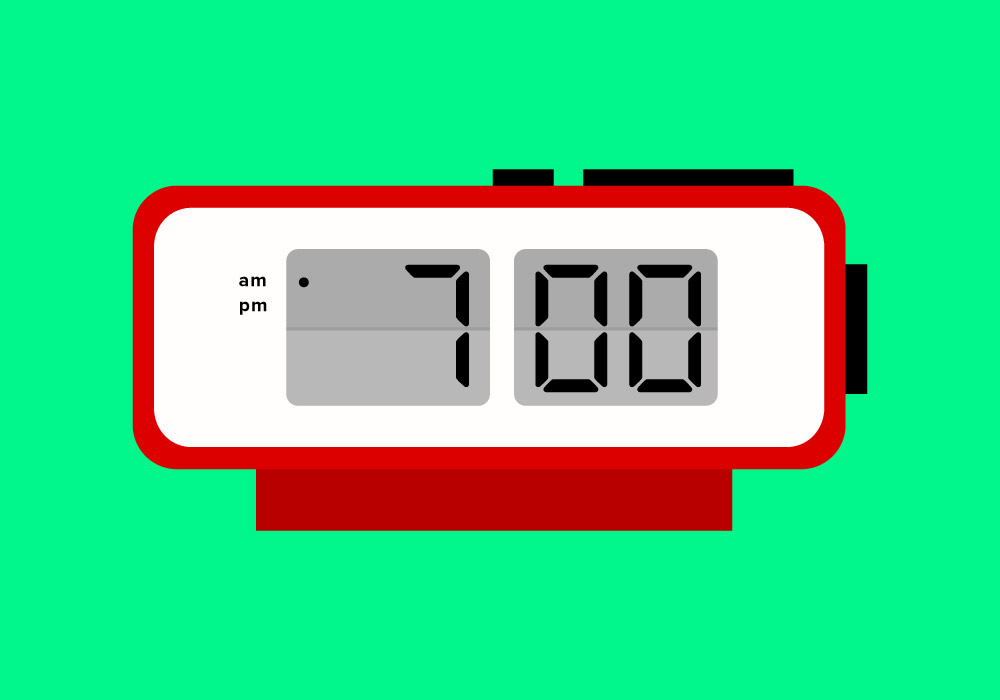
It’s well known that exposure to natural light affects mood, and that shortened days (whether we’re shortchanged naturally by the change the season or manually by the shift from Daylight Saving Time) can make people feel blue. But a new study suggests just how much sunlight really matters to our emotional and mental health. Their findings? A whole lot—more than any other weather phenomenon, to be exact.
“That’s one of the surprising pieces of our research,” Mark Beecher, PhD, clinical professor of psychology at Brigham Young University, said in a press release. “On a rainy day, or a more polluted day, people assume that they’d have more distress. But we didn’t see that.”
To study the link between weather and depression diagnoses, Beecher and his co-authors looked at self-reported mental-health data from more than 16,000 students who, over a six-year period, attended free sessions at BYU’s Counseling and Psychological Services Center. Students are required to complete questionnaires assessing the state of their mental health before every single visit, which proved immensely valuable to this research.
Those questionnaires were then matched with precise weather data, also collected by BYU, down to the minute in the exact area where those students lived. (Names and identifying information for the students was stripped from the analysis.)
“We looked at solar irradiance, or the amount of sunlight that actually hits the ground,” Beecher said. “We tried to take into account cloudy days, rainy days, pollution… but they washed out. The one thing that was really significant was the amount of time between sunrise and sunset.”
In total, the study examined 19 environmental factors, including dew point, cloud cover, rainfall, wind chill, wind speed, barometric pressure, temperature, lunar day, and several measures of air quality. None of these factors were significantly associated with higher levels of emotional distress, however, as long as a given day had adequate sunlight.
As the total sun time decreased seasonally, however, distress levels rose. This applied to all of the students who sought counseling during the study period, the authors note, not just those diagnosed with Seasonal Affective Disorder. (Most students reported attending sessions for issues related to adjustment, anxiety, or general depression.)
Therapists should be aware that winter months will be a time of high demand for their services, say the study authors, as people may be more vulnerable to emotional distress than at other times of the year.
“These findings suggest the need for institutions and public health entities to plan for intervention and prevention resources and strategies during periods of reduced sun time,” they wrote.
The study, which was published in the Journal of Affective Disorders, started with a casual conversation between Beecher and BYU physics professor Lawrence Rees, PhD.
“So one day it was kind of stormy, and I asked Mark if he sees more clients on these days,” said Rees. “He said he’s not sure, it’s kind of an open question. It’s hard to get accurate data.”
Rees realized that he had access to weather readings in the Provo, Utah area, and Beecher had access to emotional health data for students at the university. They added in pollution counts from the EPA, and looped in statistics professor Dennis Eggett, PhD, to combine and analyze the data.
Provo has some of the highest air-pollution levels in the country—especially in the winter, due to an inversion effect caused by nearby mountains. The authors acknowledge that poor air-quality levels could have affected seasonal depression rates, and say that their study should be replicated in different climates.
Additional research is also needed, they say, to explore factors related to sunlight exposure such as vitamin D intake, amount of time spent outdoors and in nature, and tanning-booth use.
The news isn’t all bad for the coming months, though.
“One way to interpret the finding that the other weather and pollution variables did not have a significant impact on mental health is that people and clients are resilient and adaptive,” the authors wrote. “Although it is often assumed that outside elements can greatly affect mood or affect, these results present the possibility that more credit needs to be given to people’s ability to cope and adapt.”
In other words, those early sunsets will still be a bummer—but at least we don’t have to worry so much about the rain.
This article originally appeared on RealSimple.com
More Must-Reads from TIME
- Donald Trump Is TIME's 2024 Person of the Year
- Why We Chose Trump as Person of the Year
- Is Intermittent Fasting Good or Bad for You?
- The 100 Must-Read Books of 2024
- The 20 Best Christmas TV Episodes
- Column: If Optimism Feels Ridiculous Now, Try Hope
- The Future of Climate Action Is Trade Policy
- Merle Bombardieri Is Helping People Make the Baby Decision
Contact us at letters@time.com